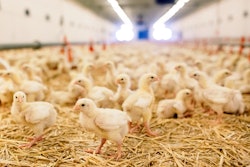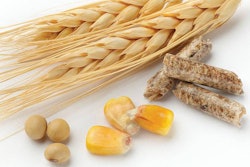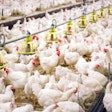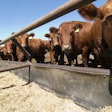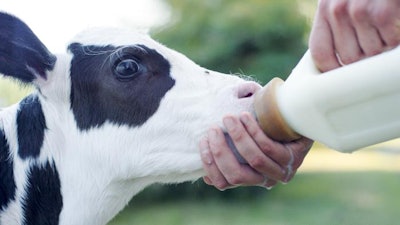
Is it possible to feed young calves fresh milk instead of milk replacers?
Can calves be fed cow’s milk? It might appear unreal to consider this question, but the answer given recently by a technical person was no. The reason? Because cow’s milk can be variable in nutrient concentration (not really), it is better to feed liquid milk replacer that is (not really) more stable in nutrient concentration. I was aghast I had to debunk such ill-conceived advice.
It is true that cow’s whole milk does not remain constant in its composition. It changes slightly over time, but the same happens to calves’ nutrient requirements. After all, calves were fed with cow’s milk long before milk replacer products were invented. Also, on dairy farms, milk is pooled from many cows and so its composition remains rather stable. So, the notion that cow’s milk is unsuitable because it is too variable in composition simply makes no sense.
In addition, milk replacers are made mostly out of dried milk products. Here we must keep in mind that not every single batch of such products is tested for all nutrients. Thus, there is natural variability inherent even in dried milk replacers. Plus, laboratory analytic methods also have an accepted variability range – in other words, nothing is perfect in this world. And, above all, mixing of dried milk replacer with water is not an exact laboratory process as bags are dumped into vats filled to a certain level judged by the eye. And, the way most calves are fed does not guarantee they all receive the exact amount of liquid they need.
I do not want to say that milk replacer products are inferior to fresh milk. In fact, they can be an inexpensive alternative, and even a convenience. But, if fresh milk is available at an affordable cost, then there is nothing wrong with feeding it to calves. It may be inconvenient to do so, but that is another story. And, of course, fresh milk is best used pasteurized, although almost two-thirds of the farms in the U.S. that feed fresh milk do so without pasteurization – at their own peril, of course.



